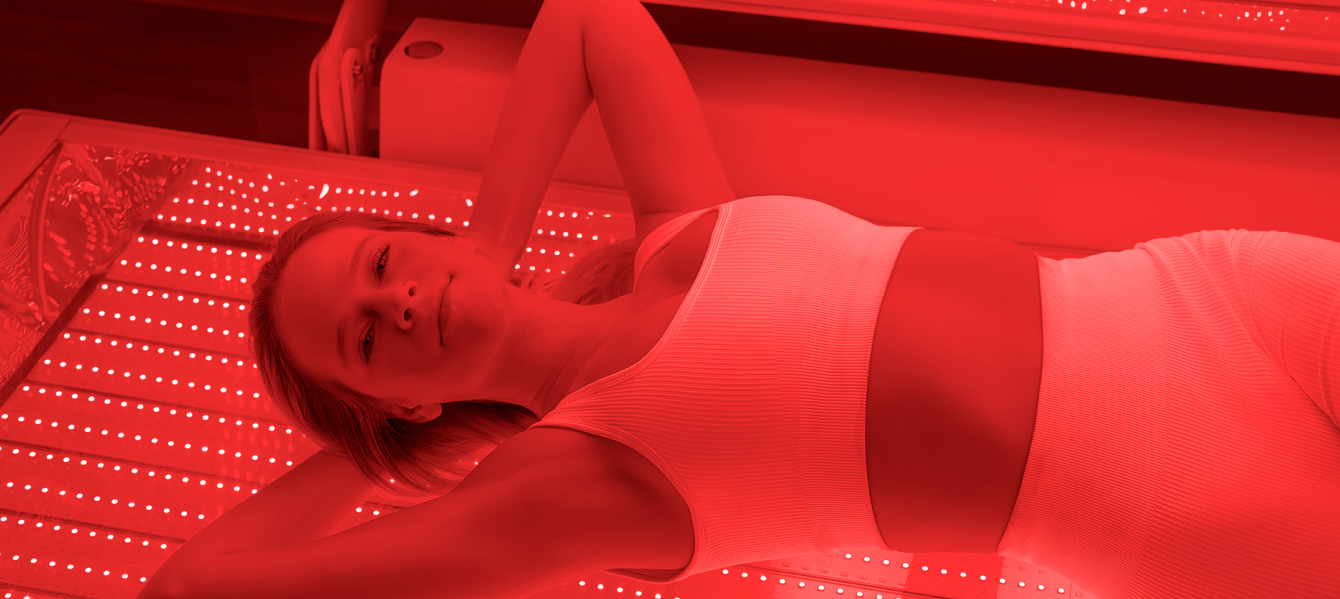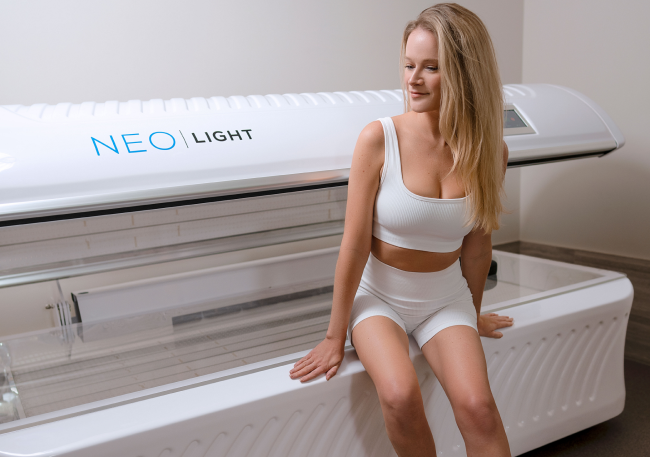Red light vs. tanning beds
Red light vs. tanning beds
Red light vs. tanning beds
Red light therapy beds and tanning beds are two distinct devices commonly found in many wellness centers and beauty salons. Although they may appear similar at first glance, there are significant differences between the two in terms of their purpose, mechanism, and potential health effects.
Purpose
First and foremost, the purpose of red light therapy beds and tanning beds greatly differs. Red light therapy beds are designed to emit specific wavelengths of red and near-infrared light, stimulating cellular energy production and promoting various therapeutic benefits for the human body. On the other hand, tanning beds predominantly emit ultraviolet (UV) light, specifically UVA and UVB rays, with the primary aim of achieving a sun-tanned appearance.
Secondly, the mechanism behind these two types of beds contrasts significantly. Red light therapy beds harness low-level laser or light-emitting diodes (LEDs) to emit the desired red and near-infrared wavelengths. These wavelengths penetrate the skin and activate cellular processes that can contribute to tissue repair, reduce inflammation, and stimulate collagen production, among other potential benefits. Conversely, tanning beds utilize UV lamps to emit UVA and UVB rays, creating a skin response that darkens the melanin pigments in the skin, resulting in a temporary tan.

Health
Moreover, the potential health effects associated with red light therapy beds and tanning beds are markedly different. Red light therapy has gained recognition in recent years for its potential to aid skin rejuvenation, reduce wrinkles and fine lines, promote wound healing, and relieve certain types of pain, among other benefits. Scientific research has shown that red light therapy has positive effects on cellular function without the harmful consequences associated with excessive UV radiation, making it a safer and more versatile option for various health and cosmetic purposes.
Tanning beds, on the other hand, have been widely associated with numerous health risks due to prolonged exposure to UV radiation. Excessive UV exposure, especially from tanning beds, elevates the risk of skin cancers, including deadly melanomas. Frequent use of tanning beds can accelerate the aging process, leading to wrinkles, age spots, and other signs of premature skin aging – the exact opposite effects of red light therapy. Given these potential risks, experts and health organizations often caution against the use of tanning beds or recommend minimal and controlled exposure.
Contact us today to find out how you can integrate NEO | Light into your practice.


Summary
In conclusion, red light therapy beds and tanning beds differ significantly in their purpose, mechanism, and health effects. Red light therapy beds utilize specific wavelengths to promote therapeutic benefits, while tanning beds emit UV light to achieve a tanned appearance. Red light therapy has been associated with positive health effects, such as enhanced pain relief and skin rejuvenation, while tanning beds expose users to harmful UV radiation and elevate the risk of skin cancer and premature skin aging. It is crucial for individuals to be aware of these distinctions and make informed decisions about their use based on their specific needs and goals.
Get in touch


